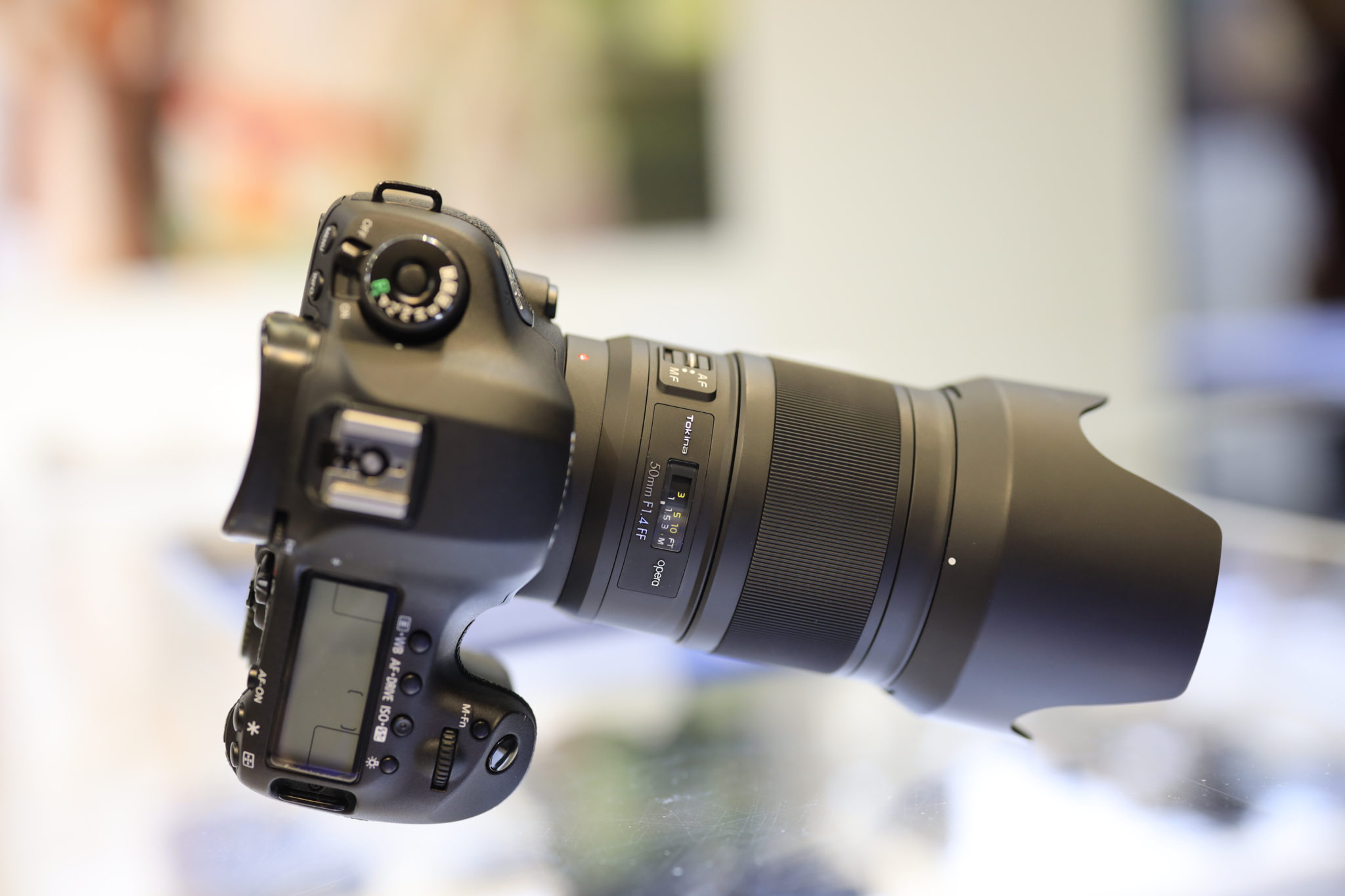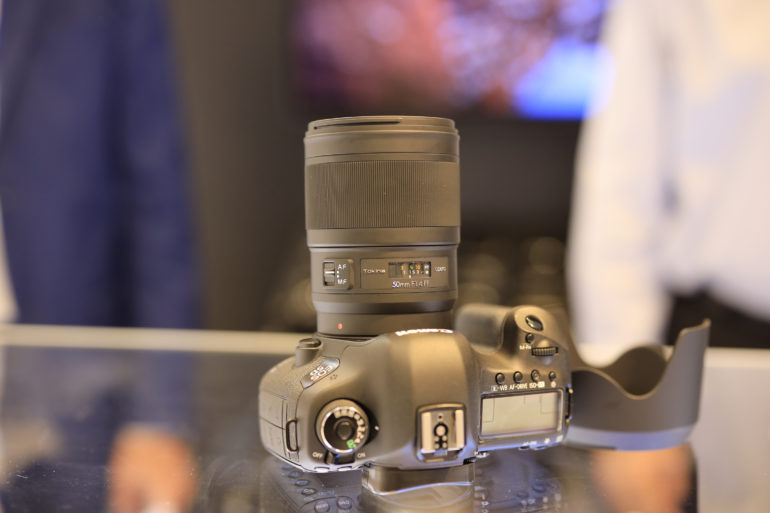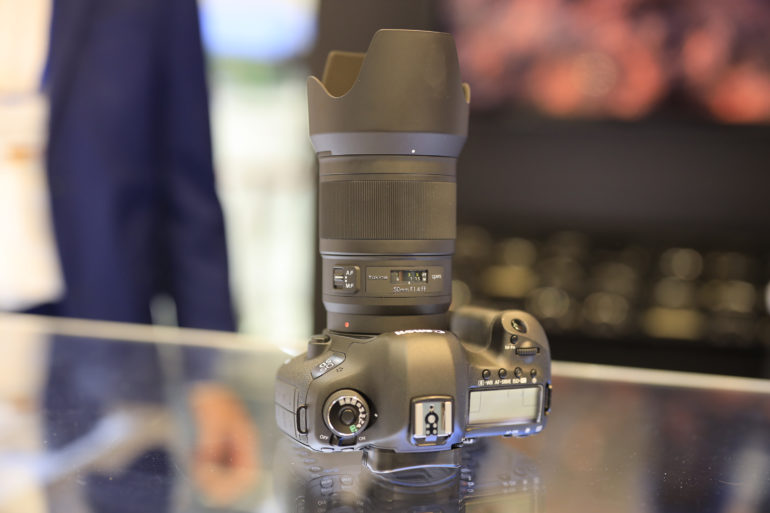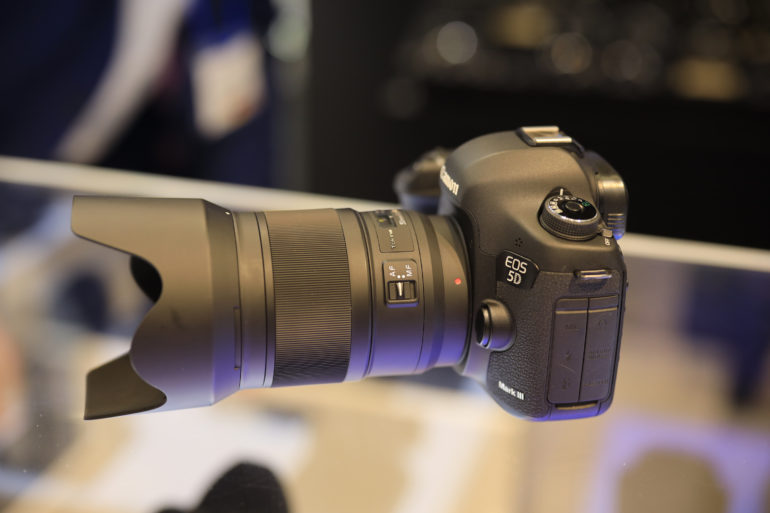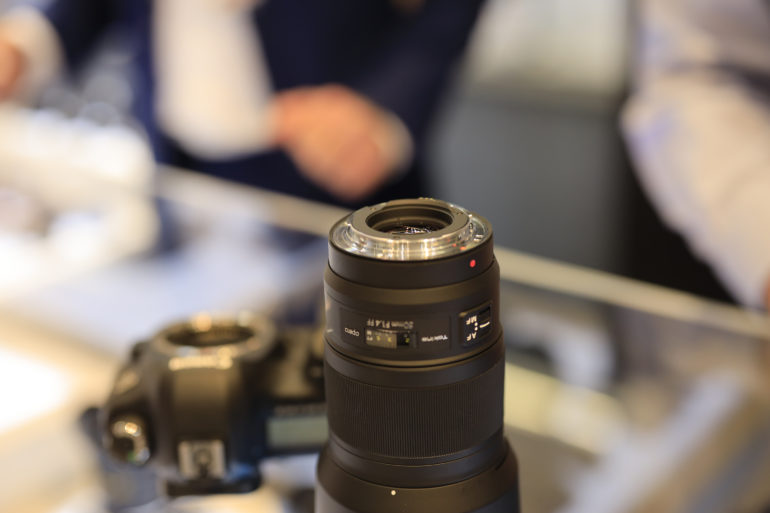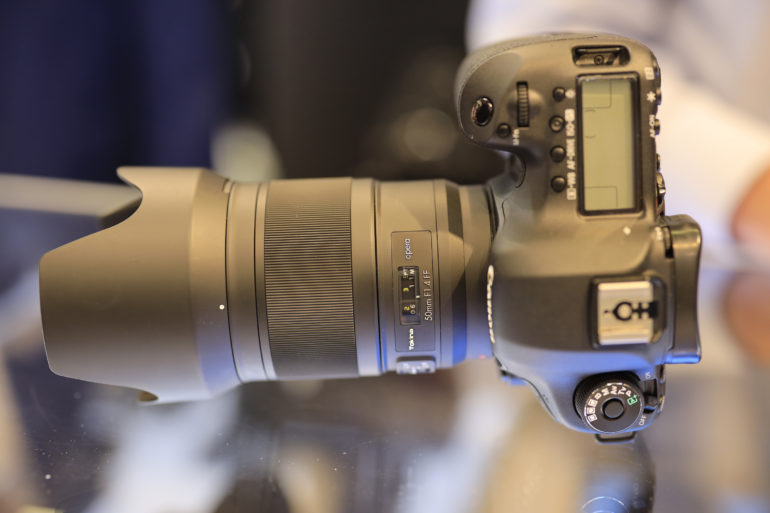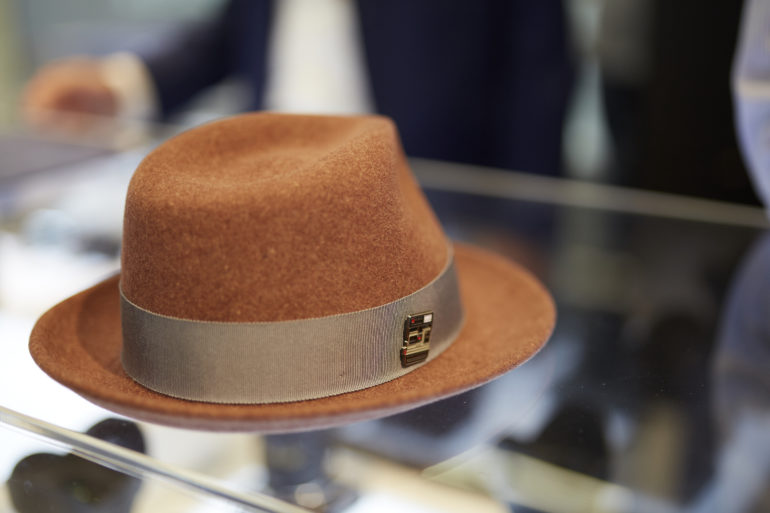Last Updated on 10/09/2018 by Mark Beckenbach
The Tokina 50mm f1.4 Opera thus far seems to be the best bang for your buck 50mm f1.4 lens on the market.
One of my biggest criticisms of Tokina was their lack of weather sealed glass, but the new Tokina 50mm f1.4 Opera offers it and a number of other great things. Tokina and Hoya, who provide the literal glass in the lenses for most of the industry, are very experienced lens makers and when you look at what the Tokina 50mm f1.4 Opera really is, you start to realize that the ‘bigger is better’ trend is really imperative to creating better lenses. But in comparison to many others on the market, the Tokina 50mm f1.4 Opera offers not only weather sealing but gorgeous bokeh, sharp optics, and an autofocus fast enough to track moving subjects in low light (tested on a Canon 5D Mk IV) for under $1,000.
Seriously, what’s not to like?
Tech Specs
Specs taken from the Tokina 50mm f1.4 Opera official page.
50mm
1.4
16
15 Elements / 9 Groups
47.4°
72 MM
2 LBS
15.7 IN
9
AF
107.5mm
80mm
EXCLUSIVE 3-YEAR USA WARRANTY
BH-726 Round Petal Type
Ergonomics
The Tokina 50mm f1.4 Opera looks in some ways like a Sigma Art lens. It’s in fact almost the same shade, but that little Art logo on Sigma’s lineup surely stands out. Instead, you’ll see some more neutral coloration with the Tokina 50mm f1.4 Opera.
When the lens hood is attached to the Tokina 50mm f1.4 Opera, the overall package surely increases in size. You’ll spot the massive focusing ring, the AF/MF switch, and the distance focusing scale. That’s mostly it on the Tokina 50mm f1.4 Opera.
Turning to the side, you can see there isn’t a whole lot else to the lens.
Build Quality
This is one of the first thoroughly weather sealed, new lenses that Tokina has come out with. The Tokina 50mm f1.4 Opera is not only weather sealed, but it’s build solid too. In many ways, it feels like a Sigma lens when it comes to the build quality. It’s still not going to hold a candle to a Zeiss Otus lens, but that’s a far different type of optic. Instead, the Tokina 50mm f1.4 Opera is meant to give users some of the best performance at a more affordable price point. It indeed goes after both Sigma and Tamron’s 45mm f1.8 Di VC USD. This is larger than Tamron’s lens offering and around the size of Sigma’s 50mm offering.
Tamron’s lens is also more affordable than Tokina’s. But to be fair, this is an f1.4 lens and Tamron’s is only f1.8. Make of that minuscule difference what you will, but both lenses are still under $1,000.
Ease of Use
The Tokina 50mm f1.4 Opera isn’t at all complicated to use. You screw it on, choose a focusing point on the camera, focus the lens, shoot, and enjoy the images. There aren’t a whole lot of switches to worry about considering that there is no image stabilization built in. That, in practice, translates into less to worry about compared to Tamron’s offering.
Autofocus
In our tests on the Photokina tradeshow floor, I was able to use the Tokina 50mm f1.4 Opera on the Canon 5D Mk IV to quickly capture moving subjects as they went from left to right. They weren’t moving at New York City walking speeds though. Instead, I’ve observed Europe’s more sloth-like walking pace. And for tracking subject’s moving slower, this lens will be able to capture a lot of moving subjects candidly on the streets (providing your country’s laws are okay with that). But for faster moving folks, you’re going to want to stop the lens down for sure. Zone focusing may still be called for.
Image Quality
We were allowed to publish sample images from the Tokina 50mm f1.4 Opera. This is the only one that I thought was even sort of publishable. I was on a trade show floor, and conditions aren’t at all ideal. As you can see, the bokeh is nice and the colors are a bit more muted. This may be ideal for portrait photographers who adore that look of Kodak Portra 400. But we’ll need to test an official review unit first.
First Impressions
So far, I really like the Tokina 50mm f1.4 Opera. It isn’t making me go head over heels like Sigma’s is, and Tamron’s lenses also do quite a bit to differentiate themselves. I feel like the Tokina 50mm f1.4 Opera’s special feature may really be with the image quality, which I’ll need to mull over when a full review unit comes in.


